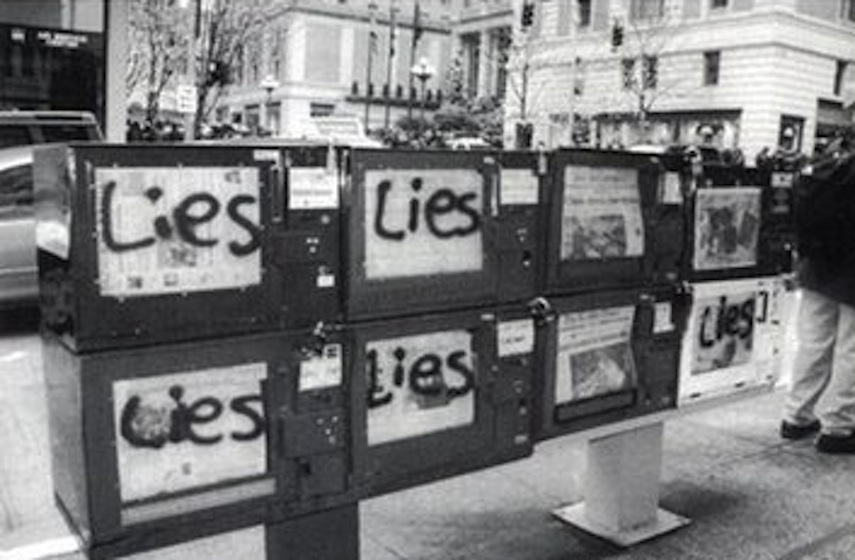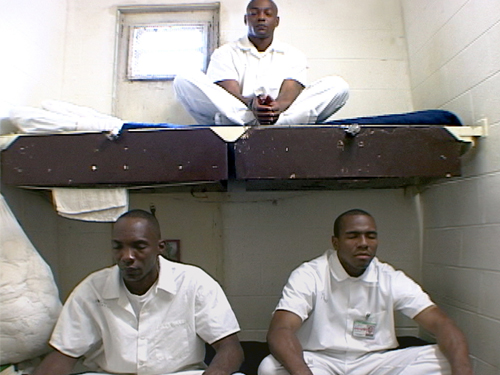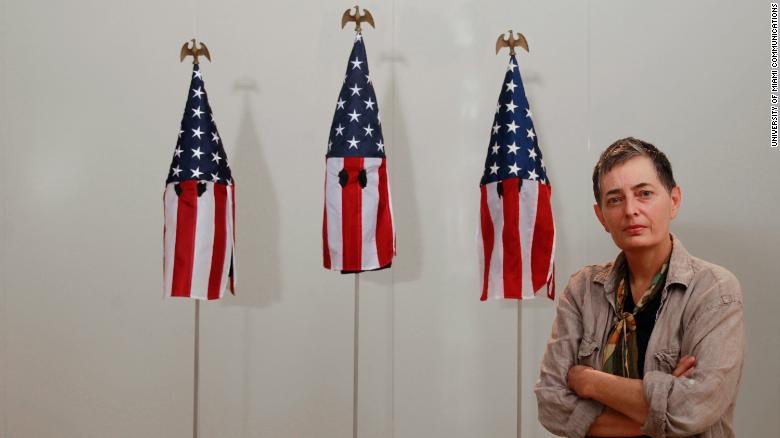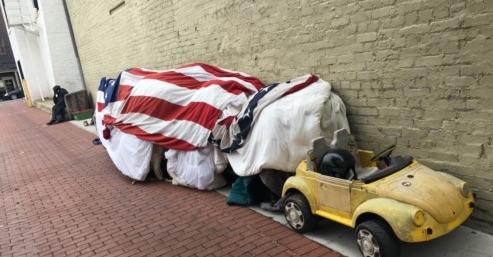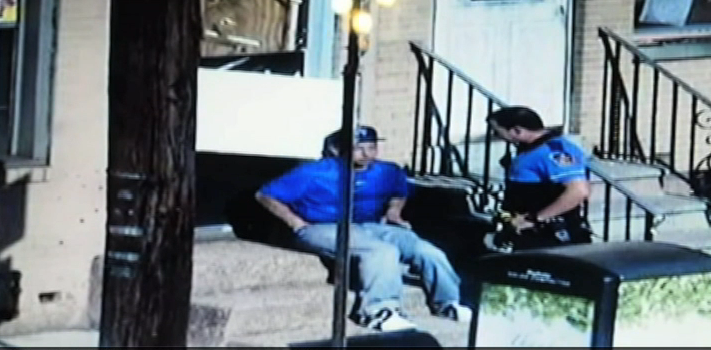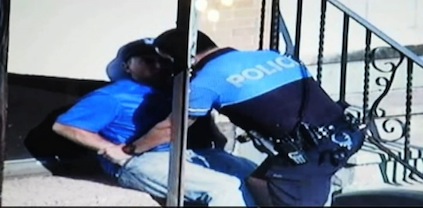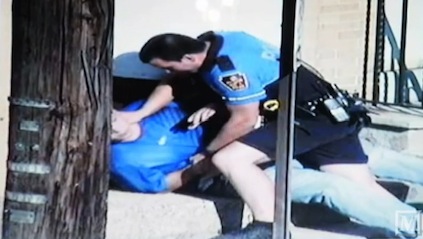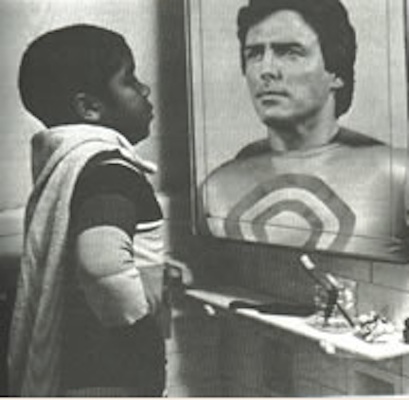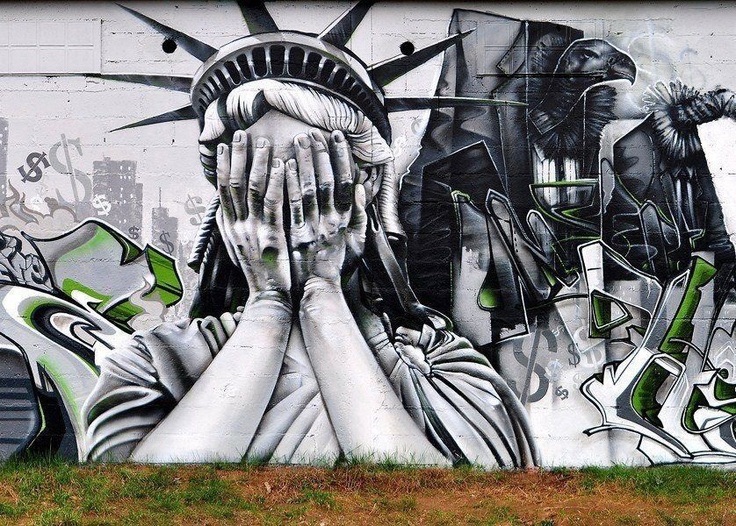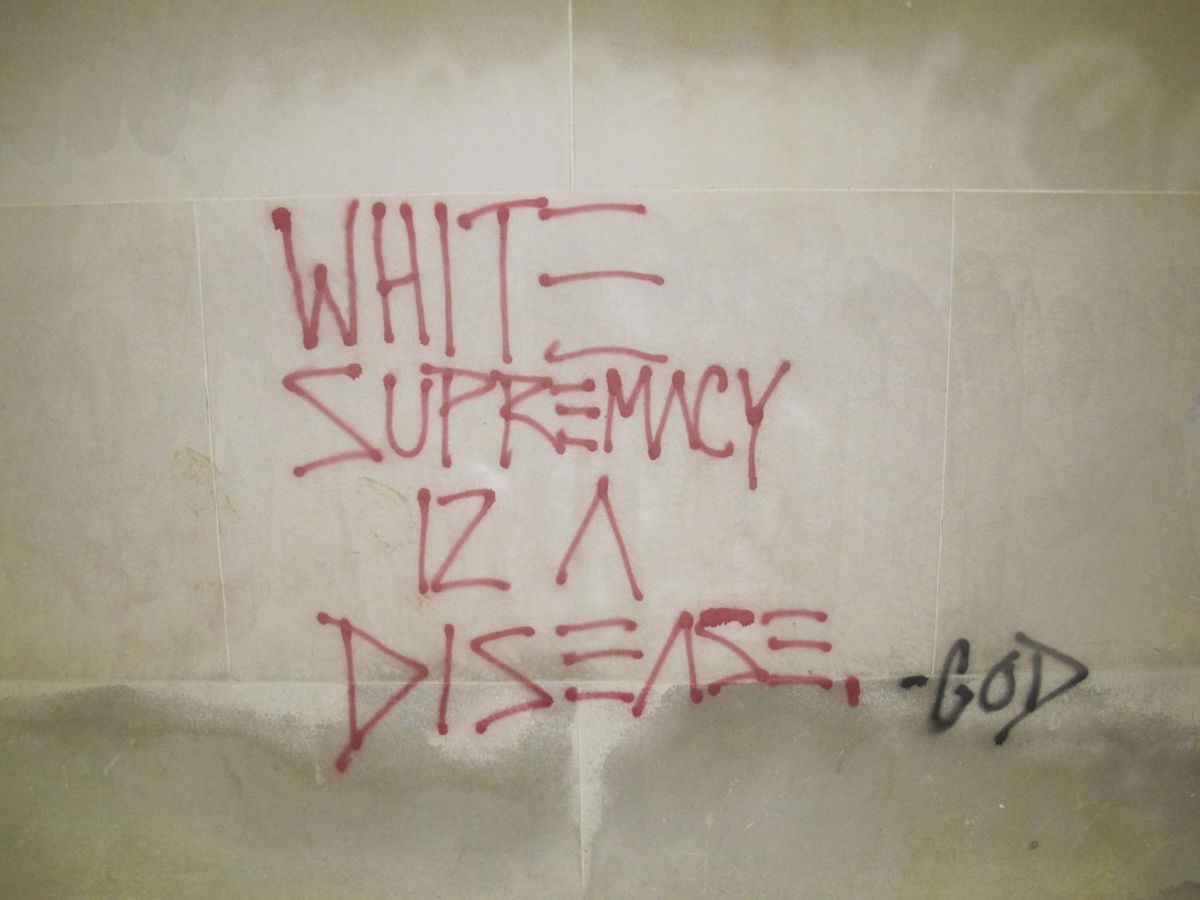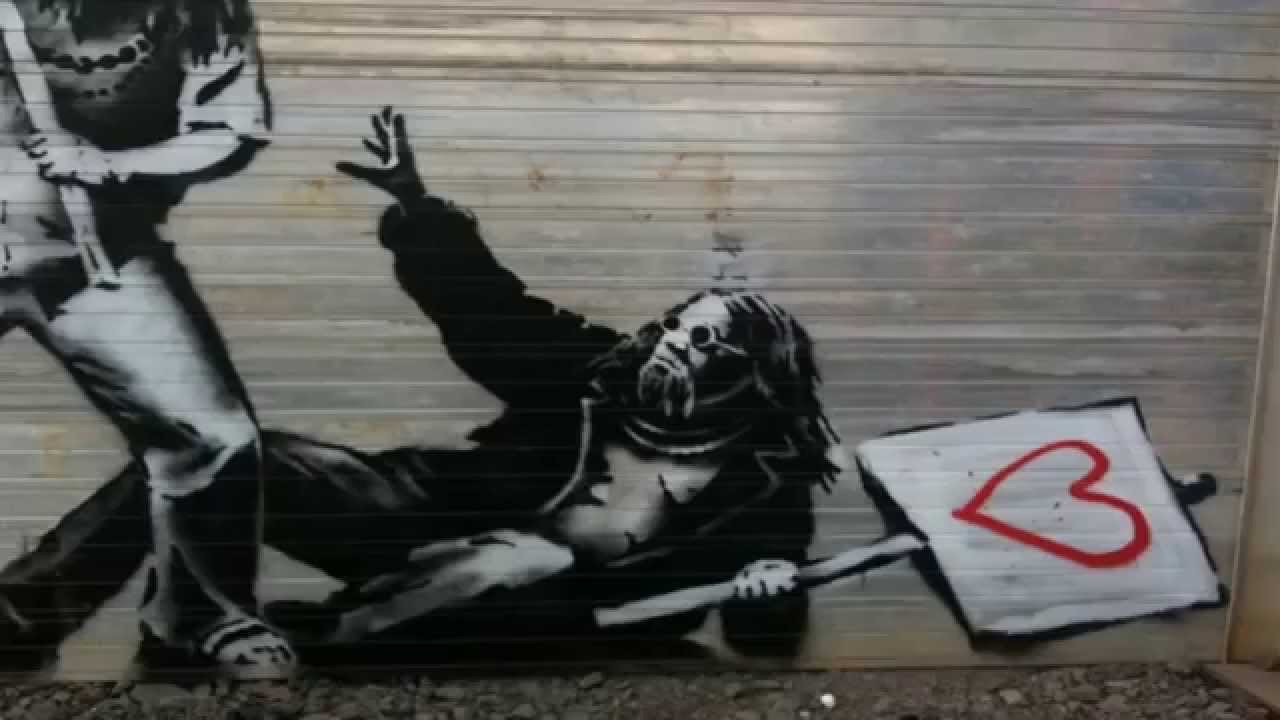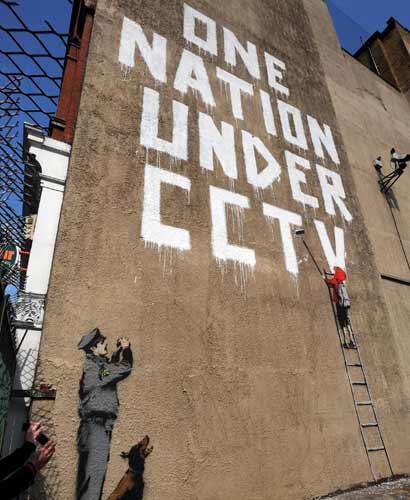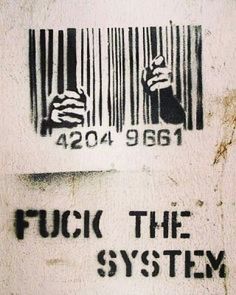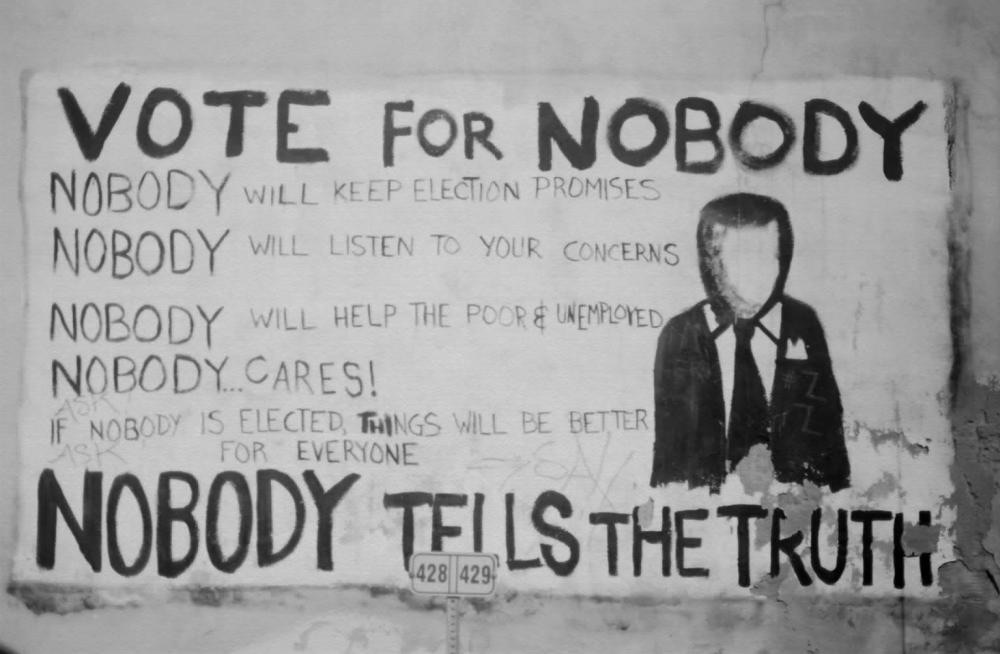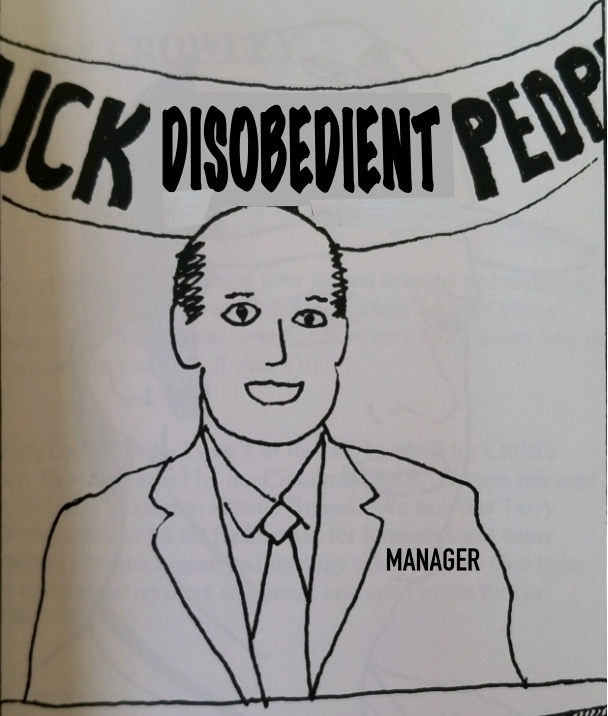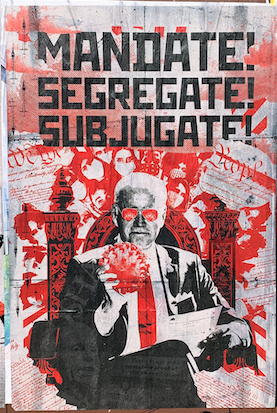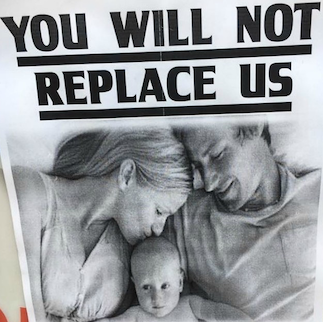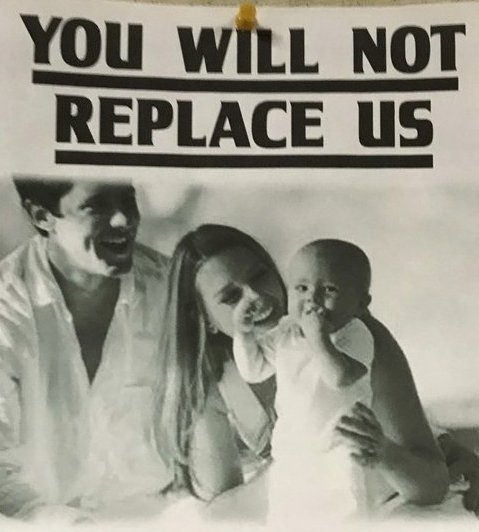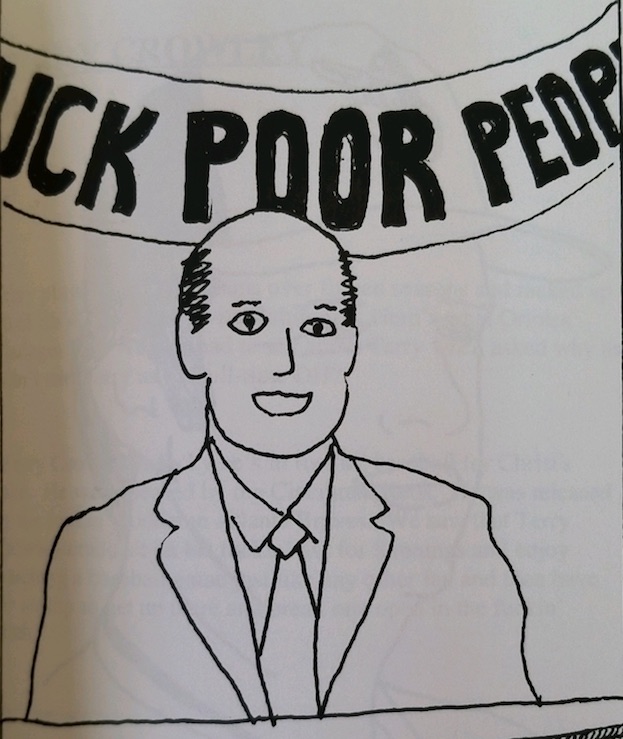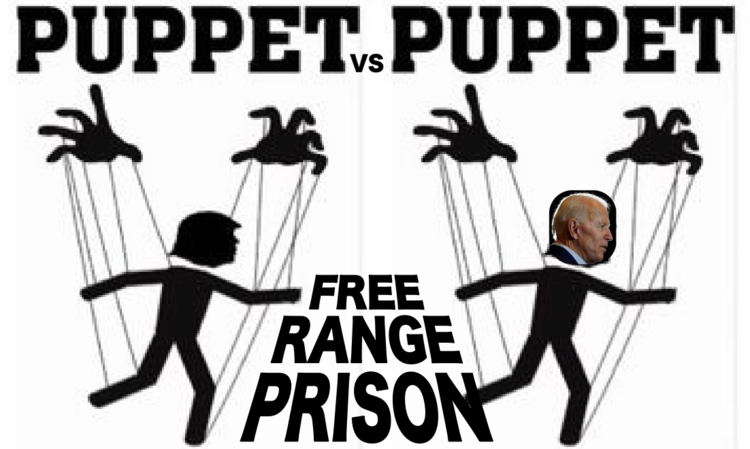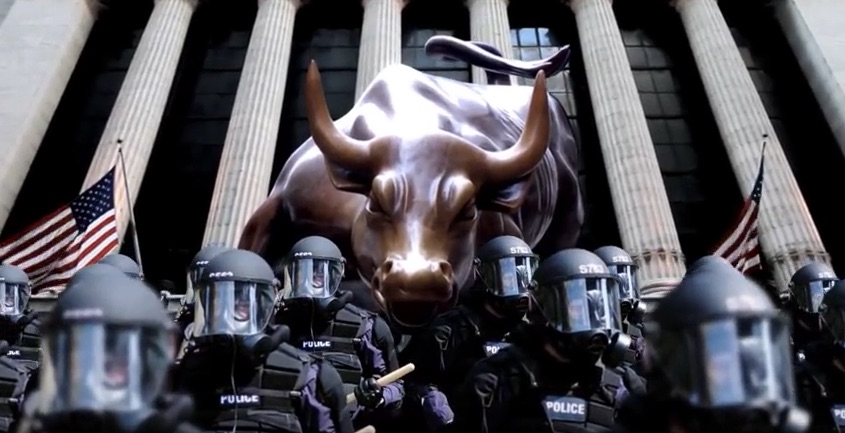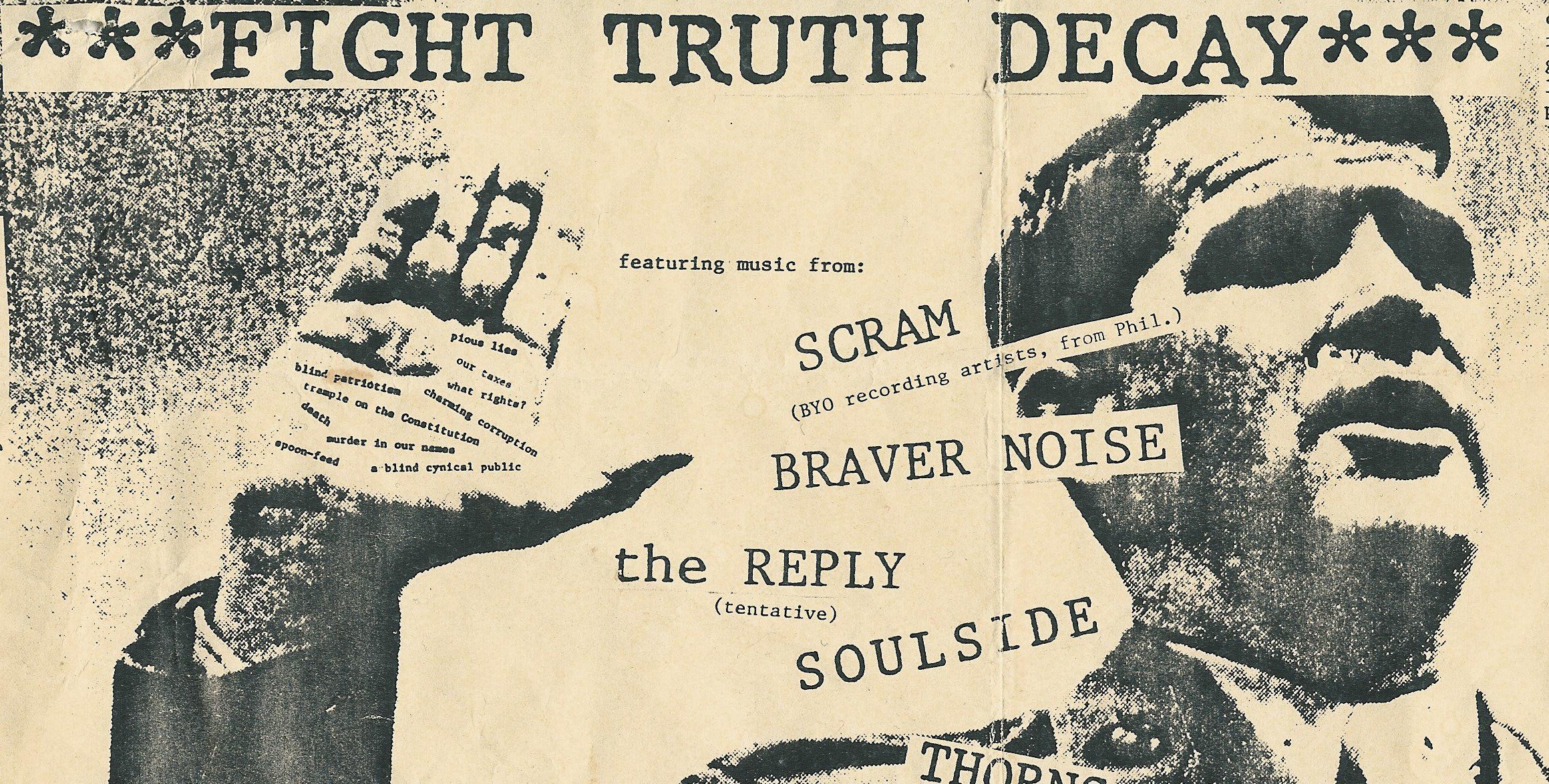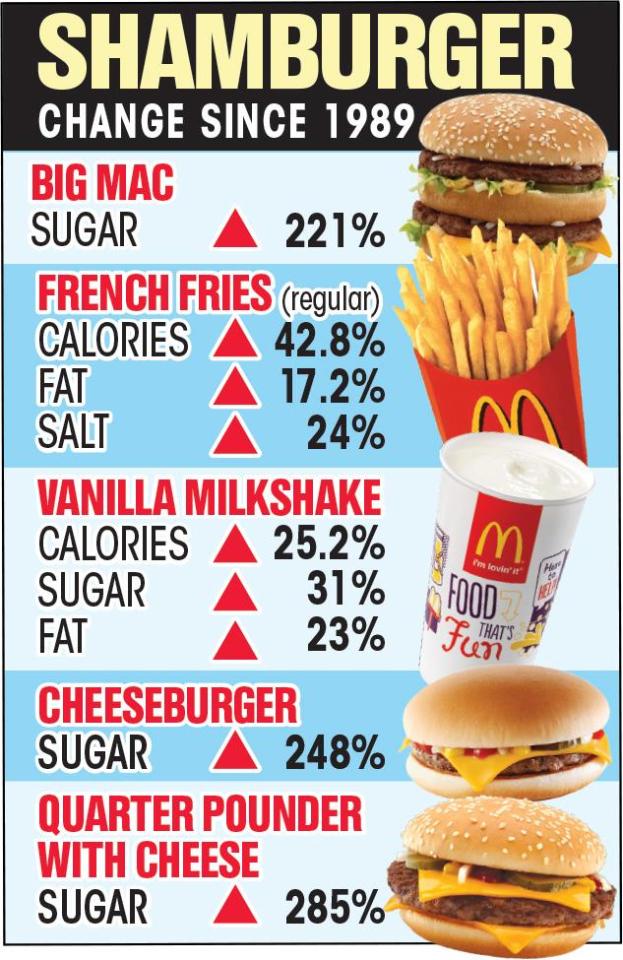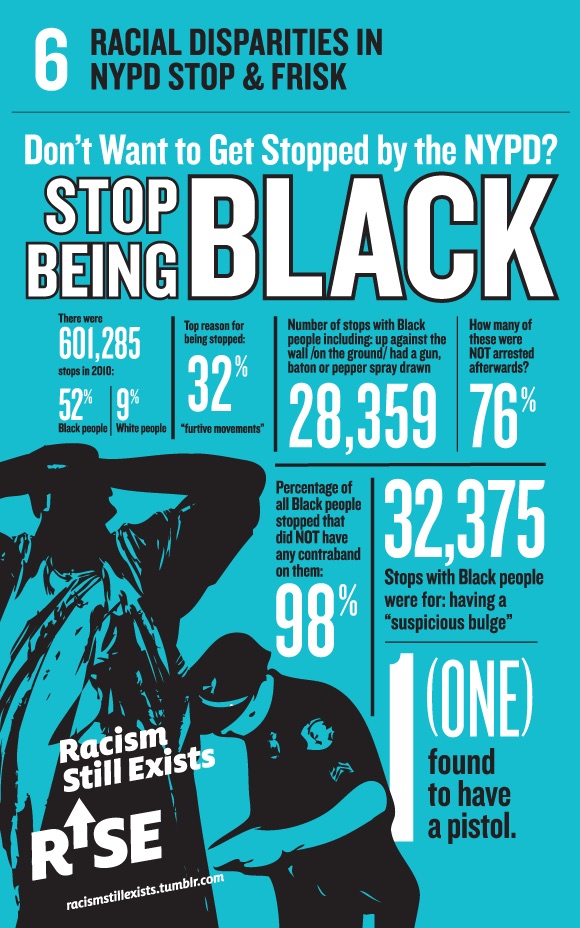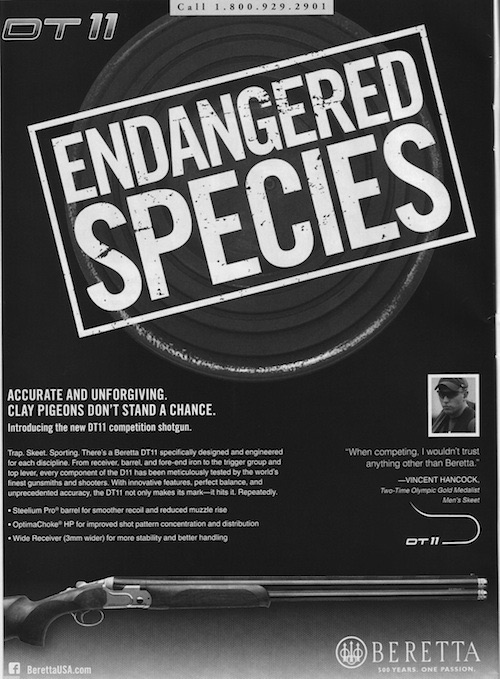Foot On Throat in Racist System: Subprime Car Loan Companies Crush Debtors After Repossessing Cars -suing & garnishing
/ From [HERE] More than a decade after Yvette Harris’s 1997 Mitsubishi was repossessed, she is still paying off her car loan.
From [HERE] More than a decade after Yvette Harris’s 1997 Mitsubishi was repossessed, she is still paying off her car loan.
She has no choice. Her auto lender took her to court and won the right to seize a portion of her income to cover her debt. The lender has so far been able to garnish $4,133 from her paychecks — a drain that at one point forced Ms. Harris, a single mother who lives in the Bronx, to go on public assistance to support her two sons.
“How am I still paying for a car I don’t have?” she asked.
For millions of Americans like Ms. Harris who have shaky credit and had to turn to subprime auto loans with high interest rates and hefty fees to buy a car, there is no getting out.
Many of these auto loans, it turns out, have a habit of haunting people long after their cars have been repossessed.
The reason: Unable to recover the balance of the loans by repossessing and reselling the cars, some subprime lenders are aggressively suing borrowers to collect what remains — even 13 years later.
Ms. Harris’s predicament goes a long way toward explaining how lenders, working hand in hand with auto dealers, have made billions of dollars extending high-interest loans to Americans on the financial margins.
These are people desperate enough to take on thousands of dollars of debt at interest rates as high as 24 percent for one simple reason: Without a car, they have no way to get to work or to doctors.
With their low credit scores, buying or leasing a new car is not an option. And when all the interest and fees of a subprime loan are added up, even a used car with mechanical defects and many miles on the odometer can end up costing more than a new car.
Subprime lenders are willing to take a chance on these risky borrowers because when they default, the lenders can repossess their cars and persuade judges in 46 states to give them the power to seize borrowers’ paychecks to cover the balance of the car loan.
Now, with defaults rising, federal banking regulators and economists are worried how the strain of these loans will spill over into the broader economy.
For low-income Americans, the fallout could, in some ways, be worse than the mortgage crisis.
With mortgages, people could turn in the keys to their house and walk away. But with auto debt, there is increasingly no exit. Repossession, rather than being the end, is just the beginning.
“Low-income earners are shackled to this debt,” said Shanna Tallarico, a consumer lawyer with the New York Legal Assistance Group.
There are no national tallies of how many borrowers face the collection lawsuits, known within the industry as deficiency cases. But state records show that the courts are becoming flooded with such lawsuits.
For example, the large subprime lender Credit Acceptance has filed more than 17,000 lawsuits against borrowers in New York alone since 2010, court records show. And debt buyers — companies that scoop up huge numbers of soured loans for pennies on the dollar — bring their own cases, breathing new life into old bills.

Portfolio Recovery Associates, one of the nation’s largest debt buyers, purchased about $30.2 million of auto deficiencies in the first quarter of this year, up from $411,000 just a year earlier.
One of the people Credit Acceptance sued is Nagham Jawad, a refugee from Iraq, who moved to Syracuse after her father was killed. Soon after settling into her new home in 2009, Ms. Jawad took out a loan for $5,900 and bought a used car.
After only a few months on the road, the transmission on the 10-year-old Chevy Tahoe gave out. The vehicle was in such bad shape that her lender didn’t bother to repossess it when Ms. Jawad, 39, fell behind on payments.
“These are garbage cars sold at outrageous interest rates,” said her lawyer, Gary J. Pieples, director of the consumer law clinic at the Syracuse University College of Law.
The value of any car typically starts to decline the moment it leaves the dealer’s lot. In the subprime market, however, the value of the cars is often beside the point.
A dealership in Queens refused to cancel Theresa Robinson’s loan of nearly $8,000 and give her a refund for a car that broke down days after she drove it off the lot.
Instead, Ms. Robinson, a Staten Island resident who is physically disabled and was desperate for a car to get to her doctors’ appointments, was told to pick a different car from the lot.
The second car she selected — a 2005 Chrysler Pacifica — eventually broke down as well. Unable to afford the loan payments after sinking thousands of dollars into repairs, Ms. Robinson defaulted.
Her subprime lender took her to court and won the right to garnish her income from babysitting her grandson to cover her loan payments.
Ms. Robinson and her lawyer, Ms. Tallarico, are now fighting to get the judgment overturned.
“Essentially, the dealers are not selling cars. They are selling bad loans,” said Adam Taub, a lawyer in Detroit who has defended consumers in hundreds of these cases.
Many lawyers assisting poor borrowers like Ms. Robinson say they learn about the lawsuits only after a judge has issued a decision in favor of the lender.
Most borrowers can’t afford lawyers and don’t show up to court to challenge the lawsuits. That means the collectors win many cases, transforming the debts into judgments they can use to garnish wages.
The lenders argue that they are just recouping through the courts what they are legally owed. They also argue that subprime auto lending meets an important need.
And collecting on the debt is a critical part of the business. The first item on the quarterly earnings of Credit Acceptance, the large subprime auto lender, is not the amount of loans it makes, but what it expects to collect on the debt.
The company, for example, expects a 72 percent collection rate on loans made in 2014 — the year that a used 2009 Volkswagen Tiguan was repossessed from Nina Lysloff of Ypsilanti, Mich.
With all the interest and fees on her Credit Acceptance loan factored in, the car ended up costing her $28,383. Ms. Lysloff could have bought a brand-new Volkswagen Tiguan for $22,149, according to Kelley Blue Book.
When Ms. Lysloff fell behind, the trade-in value on the car was a fraction of what she still owed. Last year, Credit Acceptance sued her for $15,755.
The strategy at Credit Acceptance, which has a market value of $4.4 billion, is yielding big profits. The Michigan company said its return on equity, a measure of profitability, was 31 percent last year — more than four times Bank of America’s return.
Credit Acceptance did not respond to requests for comment.
Some of the people who got subprime loans lacked enough income to qualify for any loan.
U.S. Bank is pursuing Tara Pearson for the $9,339 left after her 2011 Hyundai Accent was stolen and she could not pay the fee to get it from the impound lot. When she purchased the car in 2015 at a dealership in Winchester, Ky., Ms. Pearson said, she explained that her only income was about $722 from Social Security.
Her loan application listed things differently. Her employer was identified as “S.S.I.,” and her income was put at $2,750, court records show.
Citing continuing litigation, U.S. Bank declined to comment about Ms. Pearson.
Auto lending was one of the few types of credit that did not dry up during the financial crisis. It now stands at more than $1.1 trillion.
Despite many signs that the market is overheating, securities tied to the loans are so profitable — yielding twice as much as certain Treasury securities — that they remain a sought-after investment on Wall Street.
“The dog keeps eating until its stomach explodes,” said Daniel Zwirn, who runs Arena, a hedge fund that has avoided subprime auto investments.
Some lenders are pulling back from making new loans. Subprime auto lending reached a 10-year low in the first quarter. But for those borrowers already stuck with debt, there is no end in sight.
Ms. Harris, the single mother from the Bronx, said that even after her wages had been garnished and she paid an additional $2,743 on her own, her lender was still seeking to collect about $6,500.
“It’s been a nightmare,” she said.




